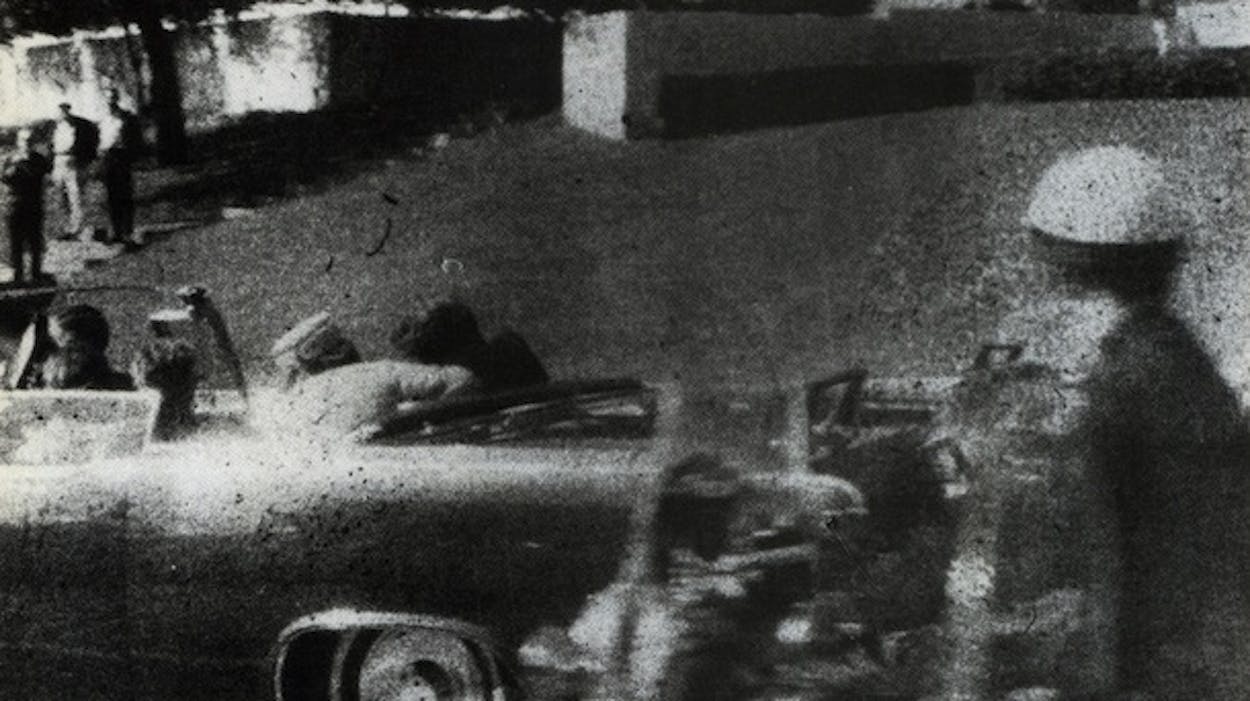We think the millennium is changing in 2000, but since eras change by events and not by the calendar, the new millennium actually began 35 years ago, on November 22, 1963. That was when the confidence and the security of the years following World War II were abruptly destroyed and replaced by suspicion and insecurity. Immediately afterward came the unthinkable—the assassinations of Martin Luther King, Jr., and Robert Kennedy, a losing war, Watergate, and Iran-Contra. Belief in conspiracy and powerful forces working against us became part of the national consciousness, reaching its apotheosis in the 1991 film JFK. One gauge of how much we’ve changed: In 1964 three fourths of the American people had a great deal of confidence in the government; today that number is one fifth.
In this issue we look closely at that singular event, the assassination. We explain the strengths and weaknesses of the best-known conspiracy theories. Research along these lines, so often misguided, seems from today’s perspective to be a form of grieving. We talk with witnesses to the assassination. They are all certain of what they saw and experienced, yet their stories often conflict. That shows how difficult it is to find the truth. We show evidence of the crime in stark photographs from the National Archives. We try to explain how the loopiest assassination theory of all can have rational adherents. And we make the case that one man alone did the deed and try to show how knowing that can be a kind of solace. But we have not answered—and cannot answer—when or whether that solace will come.







